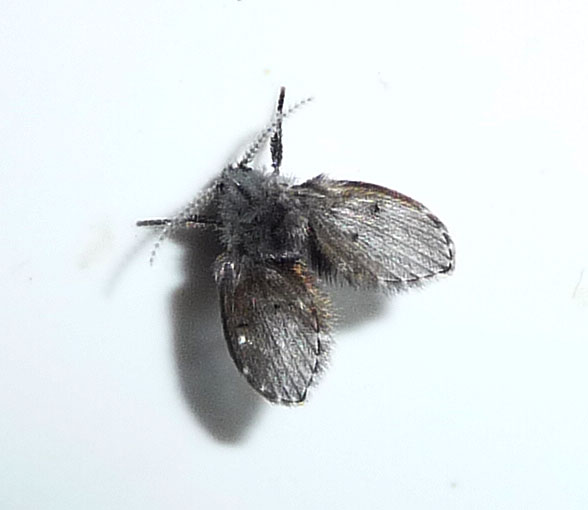You’ve probably seen them before without even realizing what they were. Those tiny, dark insects that seem to appear out of nowhere around your bathroom sink or kitchen drain, moving in that distinctive jerky flight pattern that makes them almost impossible to swat. They’re not fruit flies, though many people mistake them for such. These are drain flies, and they’re living a secret life right under your nose—literally feeding and breeding in the organic matter that lines your drain pipes.
What Exactly Are Drain Flies and Why Should You Care
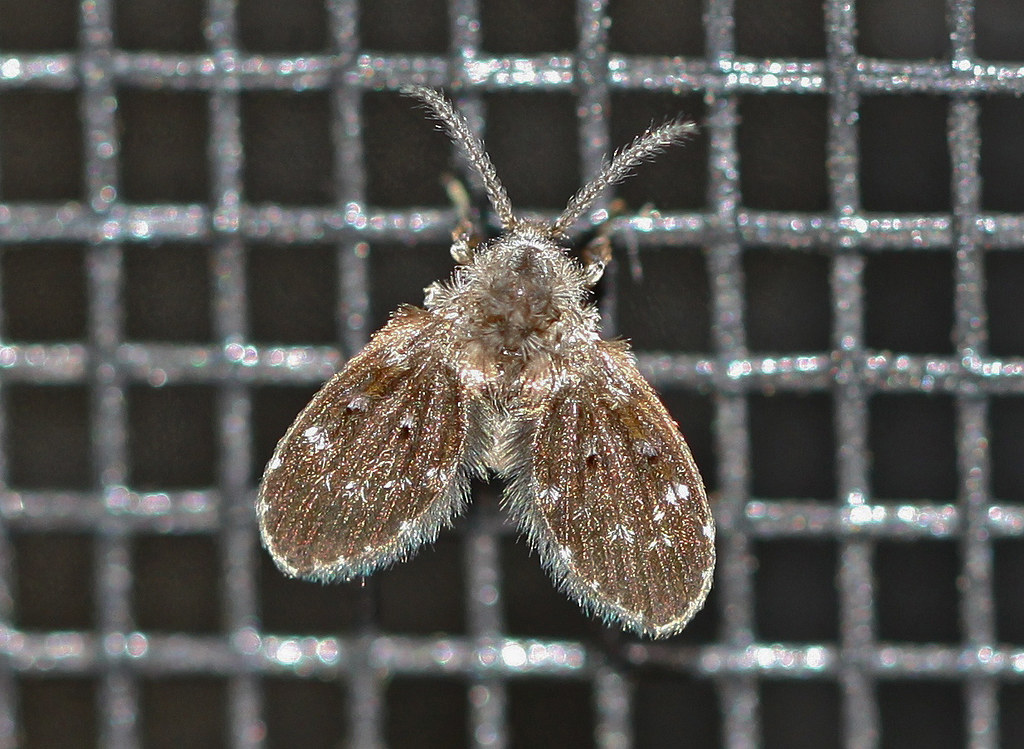
Drain flies, scientifically known as Psychoda species, are small moths that belong to the family Psychodidae. These fascinating yet troublesome insects measure roughly one-eighth of an inch in length and sport fuzzy, heart-shaped wings that give them a moth-like appearance. Unlike their fruit fly cousins that zoom around in straight lines, drain flies move in short, erratic bursts that make them seem almost drunk.
What makes drain flies particularly interesting from a biological standpoint is their incredible adaptability to urban environments. They’ve essentially turned our plumbing systems into their personal breeding grounds, thriving in the warm, moist conditions that our drains provide. The organic matter that accumulates in pipes—hair, soap scum, food particles, and bacterial films—creates the perfect nursery for their offspring.
The Shocking Truth About What Lives in Your Drains
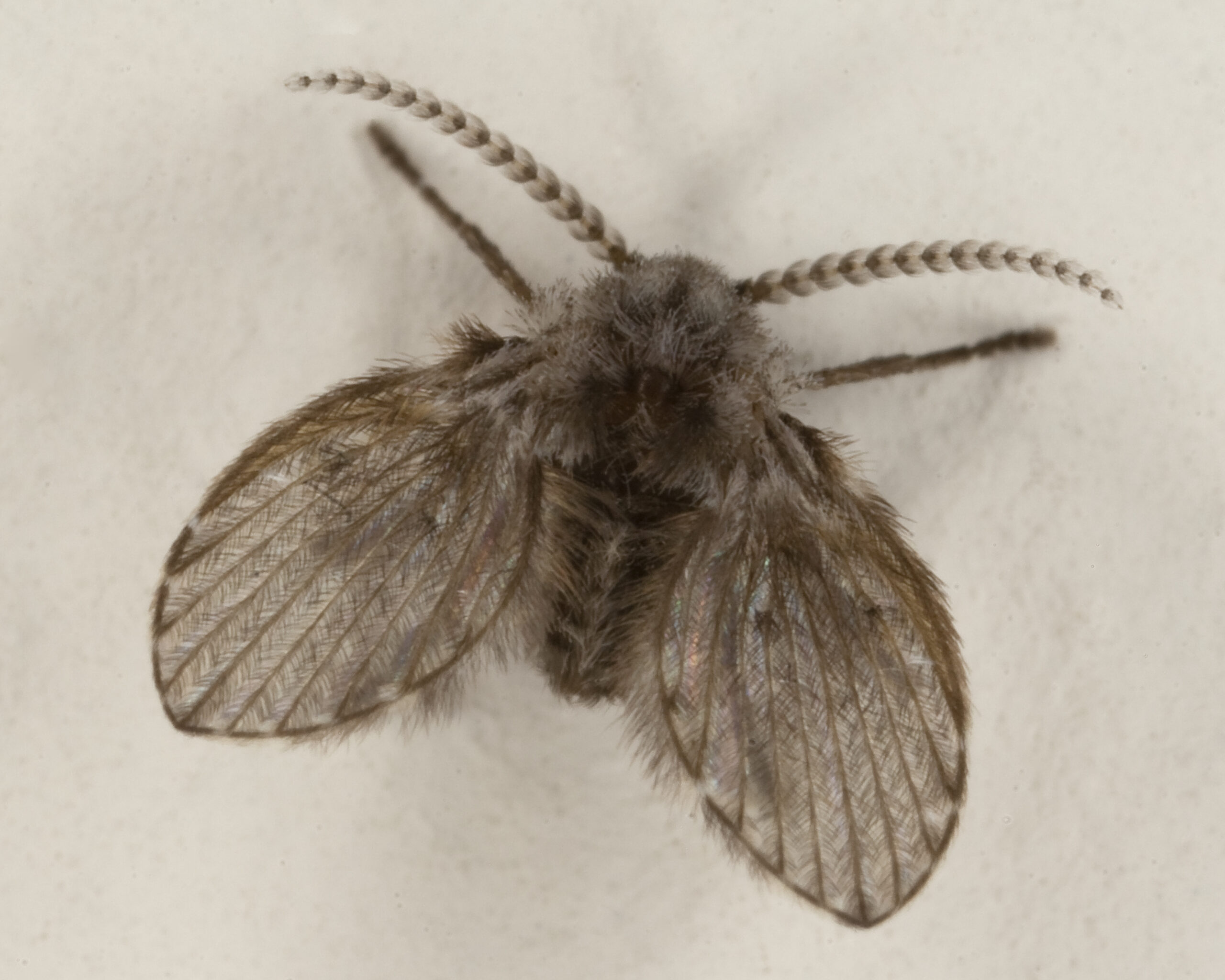
The reality of what’s happening in your drain pipes might make you think twice about that late-night glass of water. Drain flies don’t just randomly appear; they’re the visible tip of an ecosystem that’s been quietly developing in your plumbing for weeks or even months. The gelatinous biofilm that forms inside pipes creates a rich environment teeming with bacteria, fungi, and organic debris that serves as both food and breeding ground for these insects.
This biofilm can be surprisingly thick, sometimes reaching several millimeters in depth along the inner walls of pipes. It’s essentially a living carpet of microorganisms that drain fly larvae feast upon as they develop. The temperature inside most household drains hovers around the ideal range for drain fly reproduction, typically between 70 to 80 degrees Fahrenheit.
Perhaps most unsettling is that this entire ecosystem exists just inches below where you brush your teeth, wash dishes, or prepare food. The drain flies you see are merely the adults that have completed their lifecycle and emerged to mate and lay the next generation of eggs.
How to Identify Drain Flies vs Other Common Household Pests
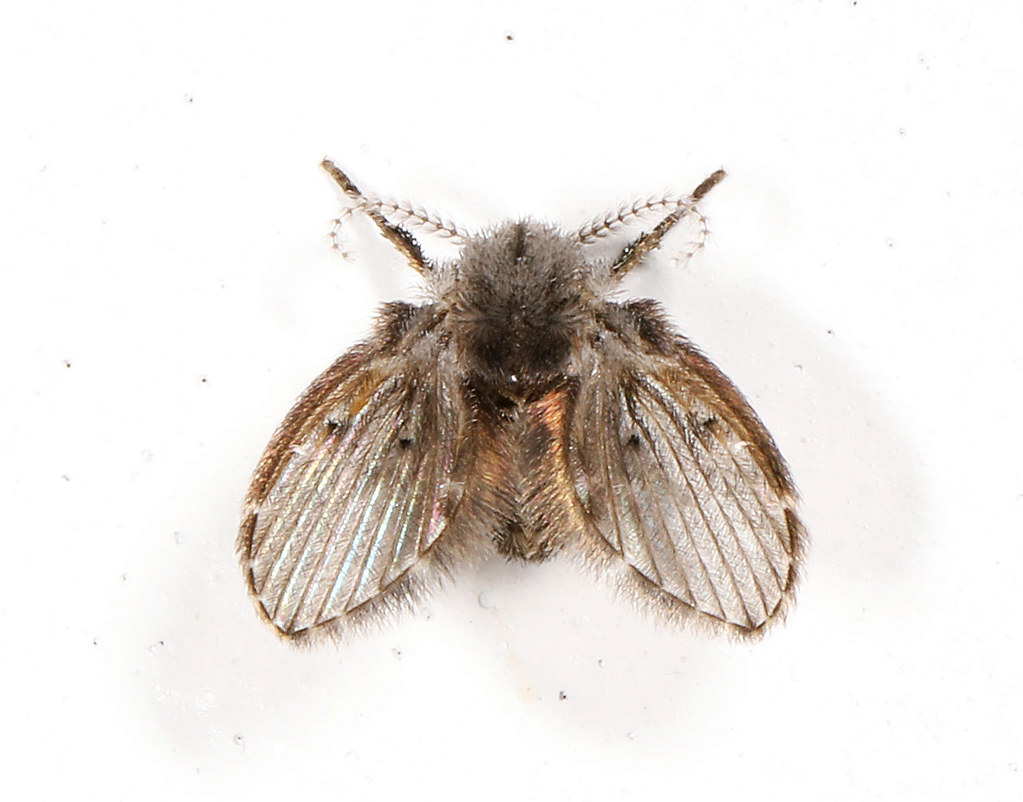
Many homeowners confuse drain flies with fruit flies, but there are several key differences that can help you identify exactly what you’re dealing with. Drain flies have a distinctly fuzzy appearance due to tiny hairs covering their wings and body, giving them an almost velvety texture. Their wings are held in a roof-like position over their bodies when at rest, creating that characteristic heart or triangular shape.
Fruit flies, by contrast, are smoother in appearance with clear wings and tend to hover around food sources like overripe bananas or wine glasses. Drain flies are generally more sluggish in their movements and prefer to stay close to their breeding sites. They’re also notably poor fliers, often appearing to hop or flutter rather than fly in sustained flight patterns.
Another telltale sign is their behavior around light sources. While fruit flies are attracted to light, drain flies are actually somewhat photophobic and prefer darker environments. If you notice small, dark insects emerging from your drains specifically, especially in the evening or early morning hours, you’re almost certainly dealing with drain flies.
The Lifecycle That Turns Your Plumbing Into a Nursery
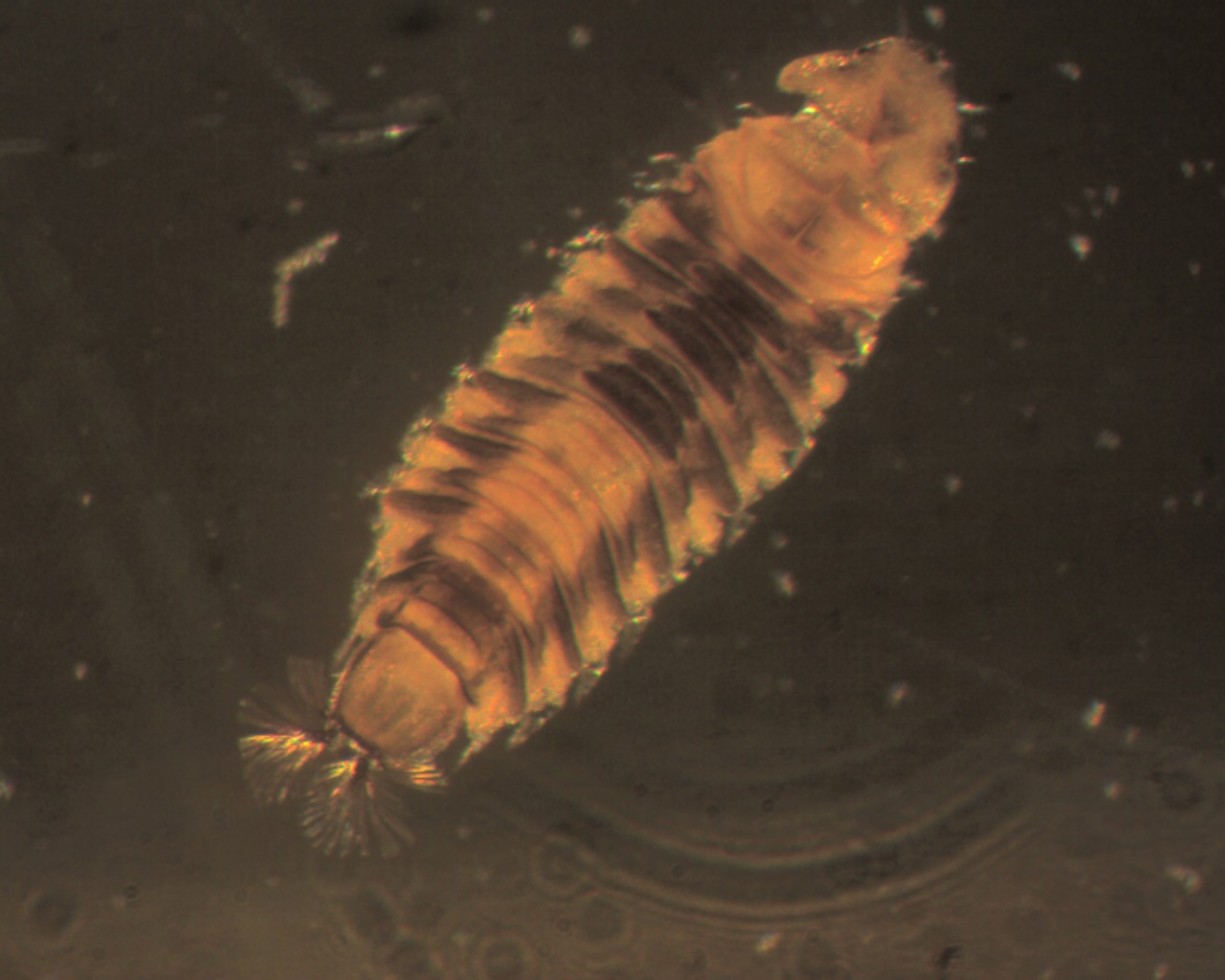
Understanding the drain fly lifecycle is crucial to effectively eliminating them, and it’s more complex than you might expect. Female drain flies can lay between 30 to 100 eggs at a time, depositing them directly into the biofilm that lines drain pipes. These eggs are incredibly small and nearly invisible to the naked eye, making early detection virtually impossible without specialized equipment.
The larval stage lasts approximately two weeks under optimal conditions, during which the developing insects feed voraciously on the organic matter in the biofilm. The larvae themselves are quite remarkable, featuring specialized breathing apparatus that allows them to survive in the low-oxygen environment of drain pipes. They can even survive brief periods of complete submersion.
After pupation, which occurs within the same biofilm environment, adult drain flies emerge ready to mate and restart the cycle. The entire process from egg to adult takes roughly two to three weeks, meaning a single pair of drain flies can potentially produce hundreds of offspring in just a few months if conditions remain favorable.
Why Drain Flies Are More Than Just an Annoyance
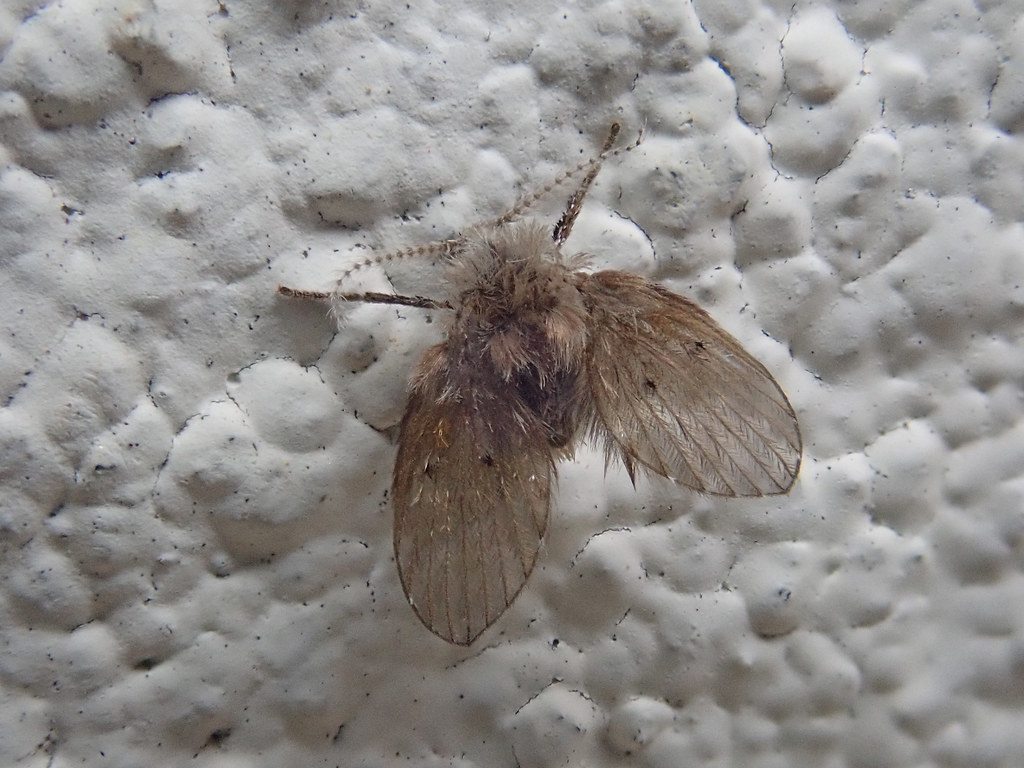
While drain flies aren’t dangerous in the way that disease-carrying mosquitoes or ticks are, they represent a significant indicator of underlying sanitation issues in your home. Their presence suggests that organic waste has been accumulating in your plumbing system for an extended period, creating conditions that could potentially harbor more problematic microorganisms.
The biofilm that supports drain fly populations can also contribute to slow drainage and unpleasant odors emanating from your pipes. In extreme cases, this buildup can contribute to more serious plumbing issues, including partial blockages that require professional intervention. The bacterial activity within these biofilms can also produce hydrogen sulfide gas, which creates that characteristic rotten egg smell.
From a psychological standpoint, many people find drain flies particularly disturbing because they emerge from spaces associated with cleanliness and hygiene. The sight of insects crawling out of bathroom or kitchen drains can be deeply unsettling and may indicate broader issues with household maintenance that need attention.
The Most Common Breeding Grounds in Your Home
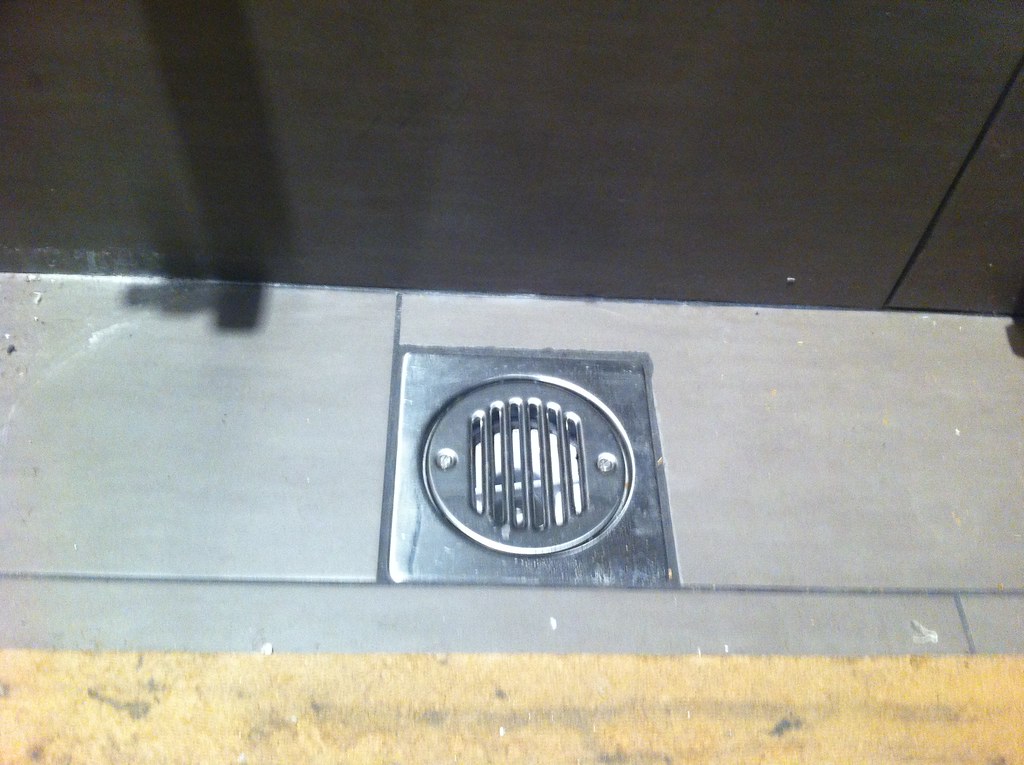
Drain flies show a marked preference for certain types of drains and plumbing fixtures, with bathroom floor drains and basement utility sinks topping the list. These locations typically have slower water flow and more opportunities for organic matter to accumulate undisturbed. The warm, humid environment of bathrooms also provides ideal conditions for both biofilm development and drain fly reproduction.
Kitchen sinks, particularly those with garbage disposals, rank as another prime breeding location. Food particles, grease, and other organic debris create rich feeding opportunities for drain fly larvae. Even small amounts of food residue can sustain a drain fly population for weeks or months if left undisturbed.
Surprisingly, air conditioning condensate drains have become increasingly common breeding sites in modern homes. These drains often go unnoticed and uncleaned for extended periods, allowing biofilms to develop freely. The constant moisture from condensation creates perfect conditions for drain fly reproduction throughout the warmer months.
Simple DIY Detection Methods That Actually Work
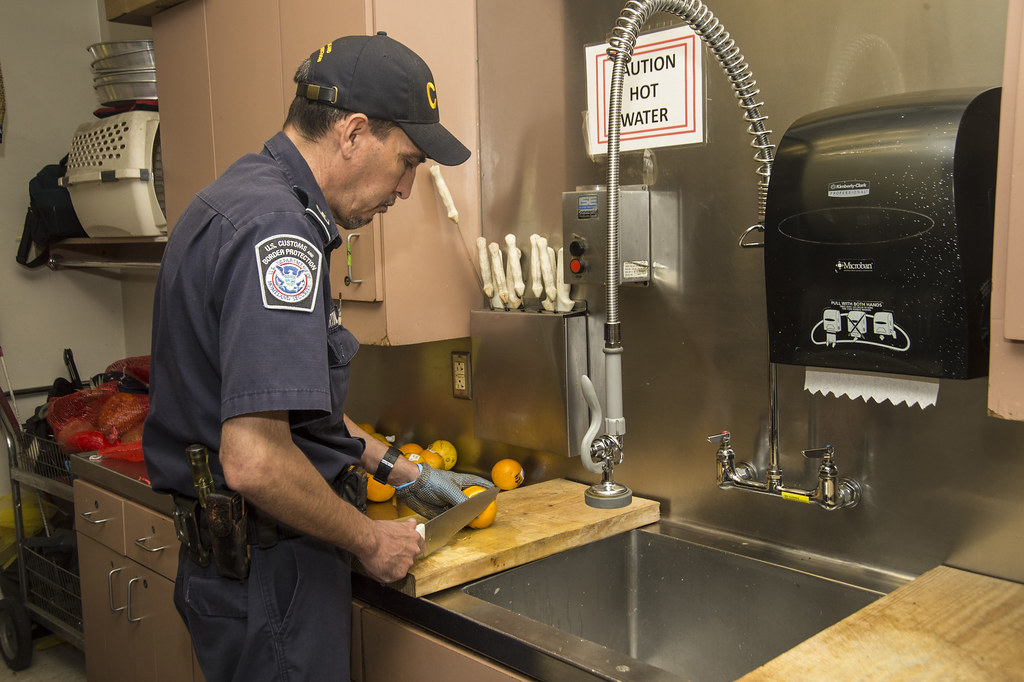
One of the most effective ways to confirm a drain fly infestation is the tape test, which involves covering suspected drains with clear tape overnight. Adult drain flies attempting to emerge will become stuck to the tape, providing definitive proof of their presence. This method is particularly useful for identifying which specific drains are harboring populations.
The flashlight inspection technique can reveal drain fly larvae in accessible portions of drain pipes. Using a bright flashlight, you can often spot the small, dark larvae moving within the biofilm along pipe walls. This method works best in floor drains or other open drain configurations where you can see several inches into the pipe.
A simple water displacement test can also help identify drain fly breeding sites. Pour a small amount of colored water or food coloring down suspected drains and observe how quickly it flows. Slow drainage often indicates biofilm buildup that could be supporting drain fly populations.
The Science Behind Effective Drain Fly Elimination
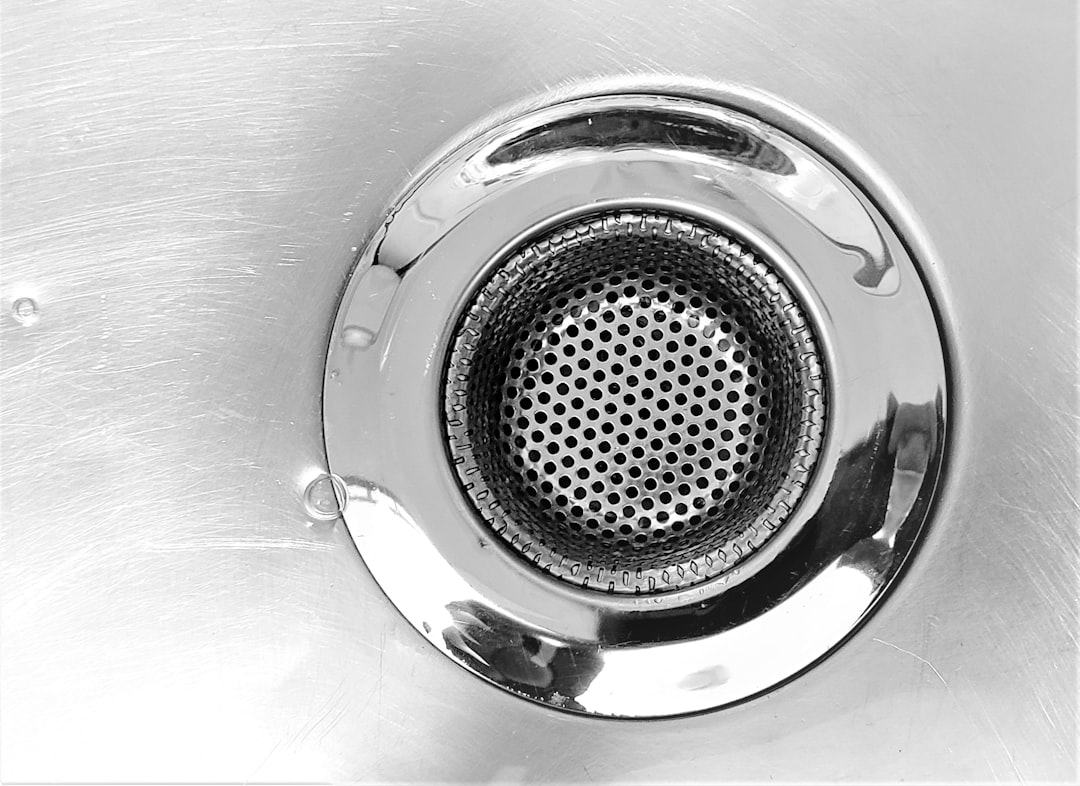
Successful drain fly control requires understanding that simply killing adult flies is largely ineffective; you must eliminate the breeding environment itself. This means completely removing or disrupting the biofilm that supports their lifecycle. Chemical drain cleaners, while popular, often provide only temporary relief because they may not penetrate deeply enough into established biofilms.
Mechanical removal through brushing or scraping is often more effective than chemical treatments alone. Professional-grade drain brushes can physically remove biofilm buildup, eliminating both the food source and breeding sites for drain flies. This approach addresses the root cause rather than just the symptoms.
The most successful elimination strategies combine multiple approaches, including mechanical cleaning, targeted biological treatments, and ongoing maintenance protocols. Understanding that biofilm reformation can begin within days of cleaning helps explain why single-treatment approaches often fail to provide long-term control.
Professional-Grade Solutions You Can Use at Home
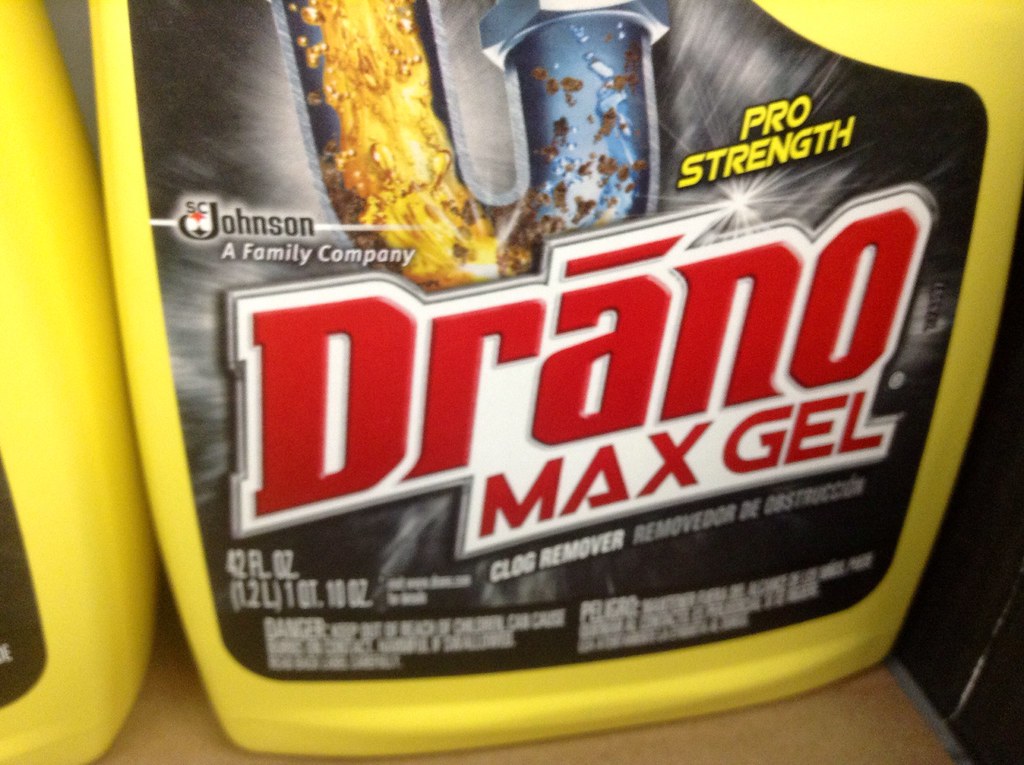
Enzyme-based drain cleaners represent one of the most effective professional approaches that homeowners can implement. These products contain specially formulated bacteria and enzymes that break down organic matter at the molecular level, effectively digesting the biofilm that supports drain fly populations. Unlike harsh chemical cleaners, enzyme treatments can penetrate deeply into pipe systems and continue working for days after application.
Foaming drain cleaners offer another professional-grade solution that expands to contact more surface area within pipes. These products can reach areas that liquid cleaners might miss, including the upper portions of vertical pipes where biofilm often accumulates. The foam action also provides longer contact time, allowing active ingredients to work more effectively.
Professional plumbers increasingly recommend gel-based treatments for severe drain fly infestations. These thick formulations cling to pipe walls and can maintain contact with biofilm for hours rather than minutes. Some gel products are specifically designed to treat drain flies and contain ingredients that disrupt their reproductive cycle.
Natural Remedies That Actually Deliver Results
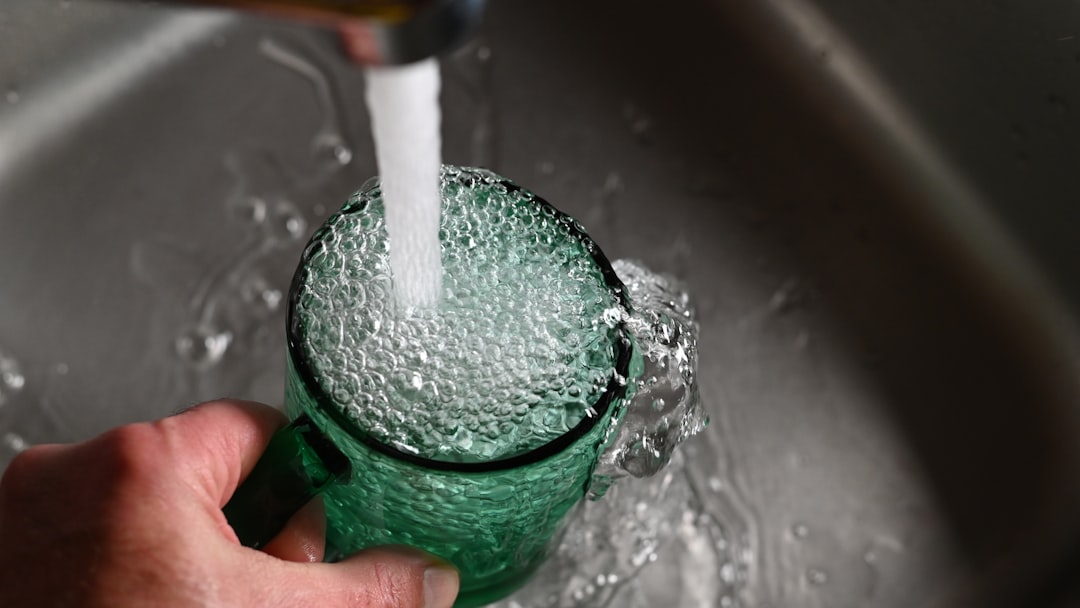
Boiling water treatments, while simple, can be surprisingly effective when applied correctly and consistently. The key is using enough water at a high enough temperature to disrupt biofilm structure throughout the affected pipe system. This method works best when combined with mechanical agitation using a drain brush or plunger.
Baking soda and vinegar combinations create a chemical reaction that can help break down organic matter, though the effectiveness depends heavily on proper application technique. The mixture should be allowed to sit in the drain for several hours before flushing with hot water. This treatment may need to be repeated multiple times for established infestations.
Salt-based treatments work by creating an osmotic environment that dehydrates biofilm components. Coarse salt can also provide mild abrasive action that helps physically remove biofilm buildup. This method is particularly effective when combined with hot water flushing and mechanical agitation.
Prevention Strategies That Stop Future Infestations
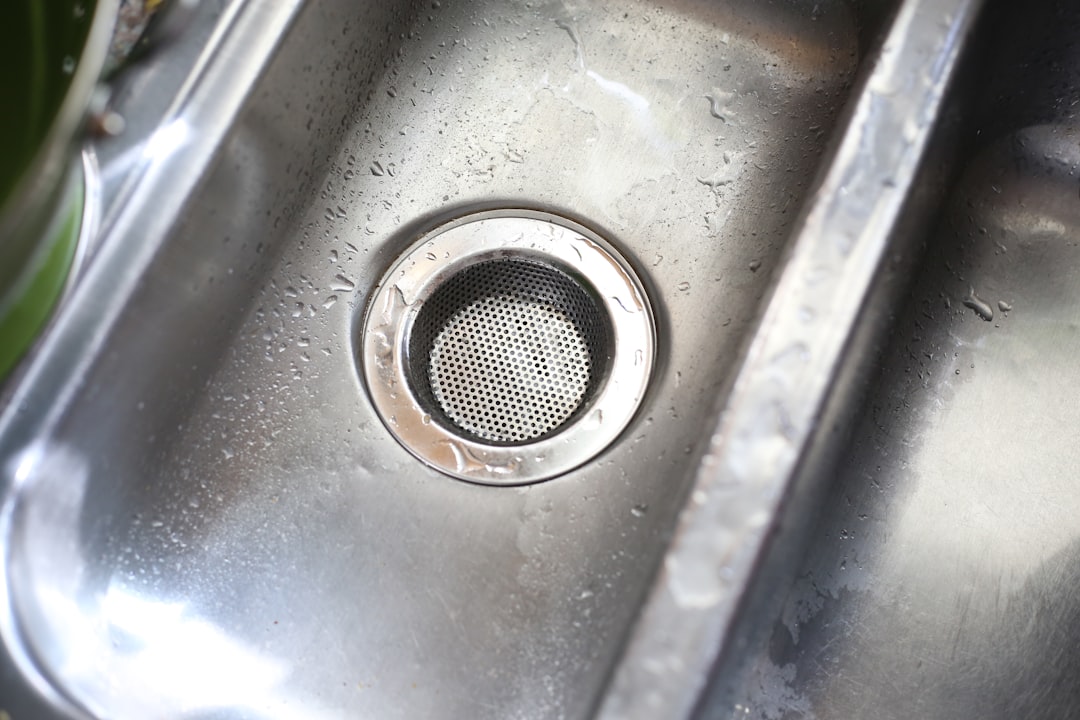
Regular maintenance represents the most effective long-term strategy for preventing drain fly infestations. This includes weekly hot water flushes of all drains, monthly mechanical cleaning with appropriate brushes, and quarterly applications of enzyme-based maintenance products. Establishing a consistent routine prevents biofilm accumulation before it can support drain fly populations.
Proper ventilation plays a crucial role in drain fly prevention by reducing moisture levels that support biofilm development. Exhaust fans in bathrooms and kitchens should run for appropriate periods after use, and any plumbing leaks should be addressed promptly to prevent creating additional breeding sites.
Installing drain screens or filters can prevent organic matter from entering pipe systems in the first place. These devices require regular cleaning but can significantly reduce the accumulation of hair, food particles, and other debris that forms the foundation of drain fly breeding environments.
When to Call Professional Pest Control Services
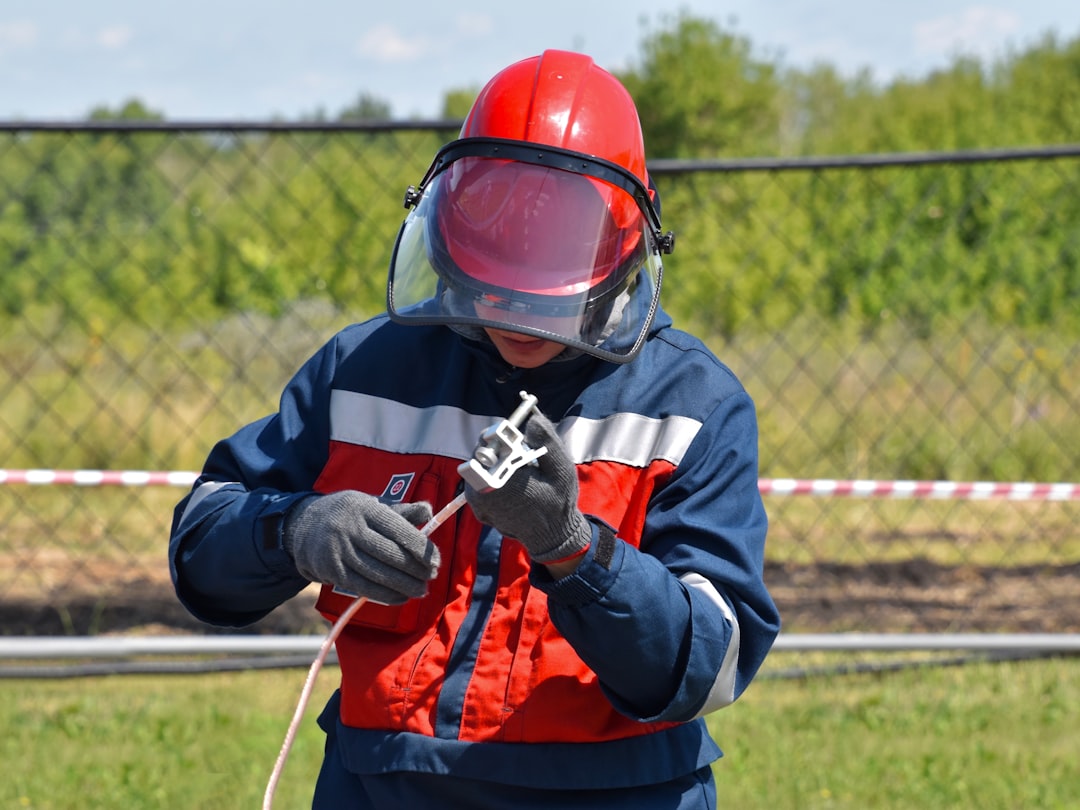
Professional intervention becomes necessary when drain fly populations persist despite consistent DIY efforts over several weeks. This often indicates that the infestation has spread to inaccessible portions of the plumbing system or that structural issues are contributing to the problem. Professional pest control technicians have access to specialized equipment and treatment methods that aren’t available to homeowners.
Recurring infestations that appear shortly after successful treatment suggest underlying plumbing problems that require professional diagnosis. Issues such as broken pipes, improper drainage slopes, or ventilation problems can create conditions that make drain fly control extremely difficult without addressing the root cause.
Large-scale infestations involving multiple drain systems throughout a home often require coordinated professional treatment. These situations may involve treating entire plumbing networks simultaneously and implementing monitoring systems to track treatment effectiveness over time.
The Hidden Health and Hygiene Implications
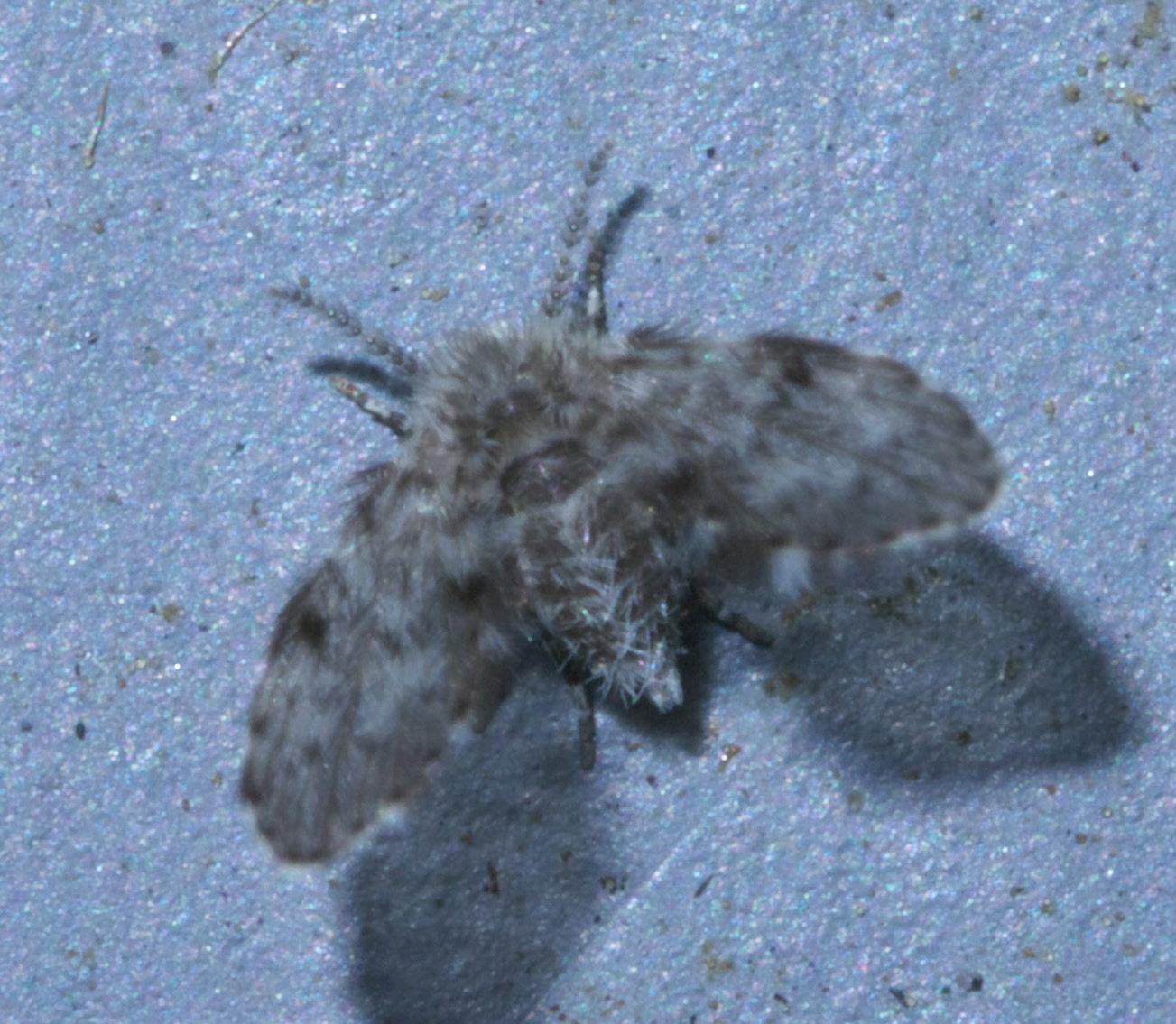
While drain flies themselves don’t bite or carry diseases, their presence indicates conditions that could support more problematic organisms. The biofilm environments that sustain drain fly populations can also harbor bacteria, fungi, and other microorganisms that may pose health risks, particularly for individuals with compromised immune systems.
The psychological impact of drain fly infestations shouldn’t be underestimated, as many people experience significant stress and anxiety when insects emerge from areas associated with cleanliness and food preparation. This emotional response can affect sleep patterns, daily routines, and overall quality of life until the problem is resolved.
Respiratory sensitivity can develop in some individuals exposed to drain fly infestations, particularly when large numbers of insects are present. The tiny scales and hairs that shed from drain flies can become airborne and potentially trigger allergic reactions in sensitive individuals.
Advanced Monitoring and Long-Term Management
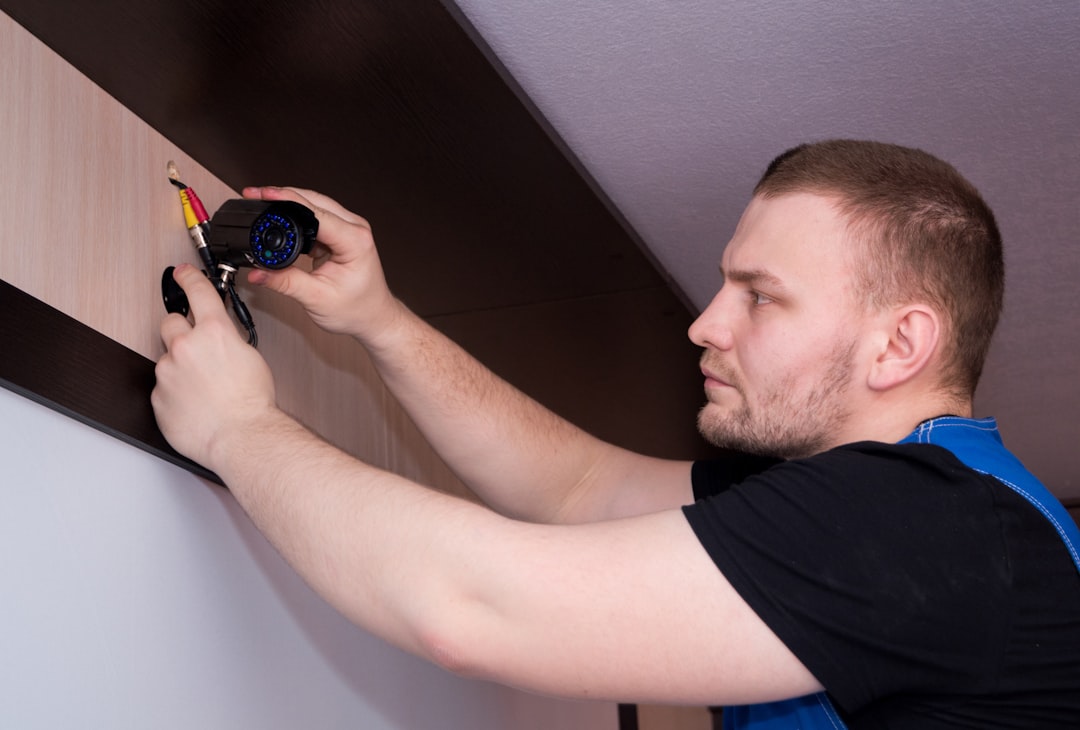
Successful long-term drain fly management requires ongoing monitoring systems that can detect problems before they become visible infestations. This includes regular inspection schedules, documentation of treatment effectiveness, and adjustment of prevention strategies based on seasonal changes and household usage patterns.
Technology-assisted monitoring, such as moisture meters and drain cameras, can help identify conditions that favor drain fly development before populations become established. These tools allow homeowners to take proactive rather than reactive approaches to drain fly control.
Seasonal adjustment of prevention strategies becomes important as temperature and humidity changes affect biofilm development rates. Summer months typically require more frequent maintenance in most climates, while winter periods may allow for less intensive prevention protocols.
Conclusion
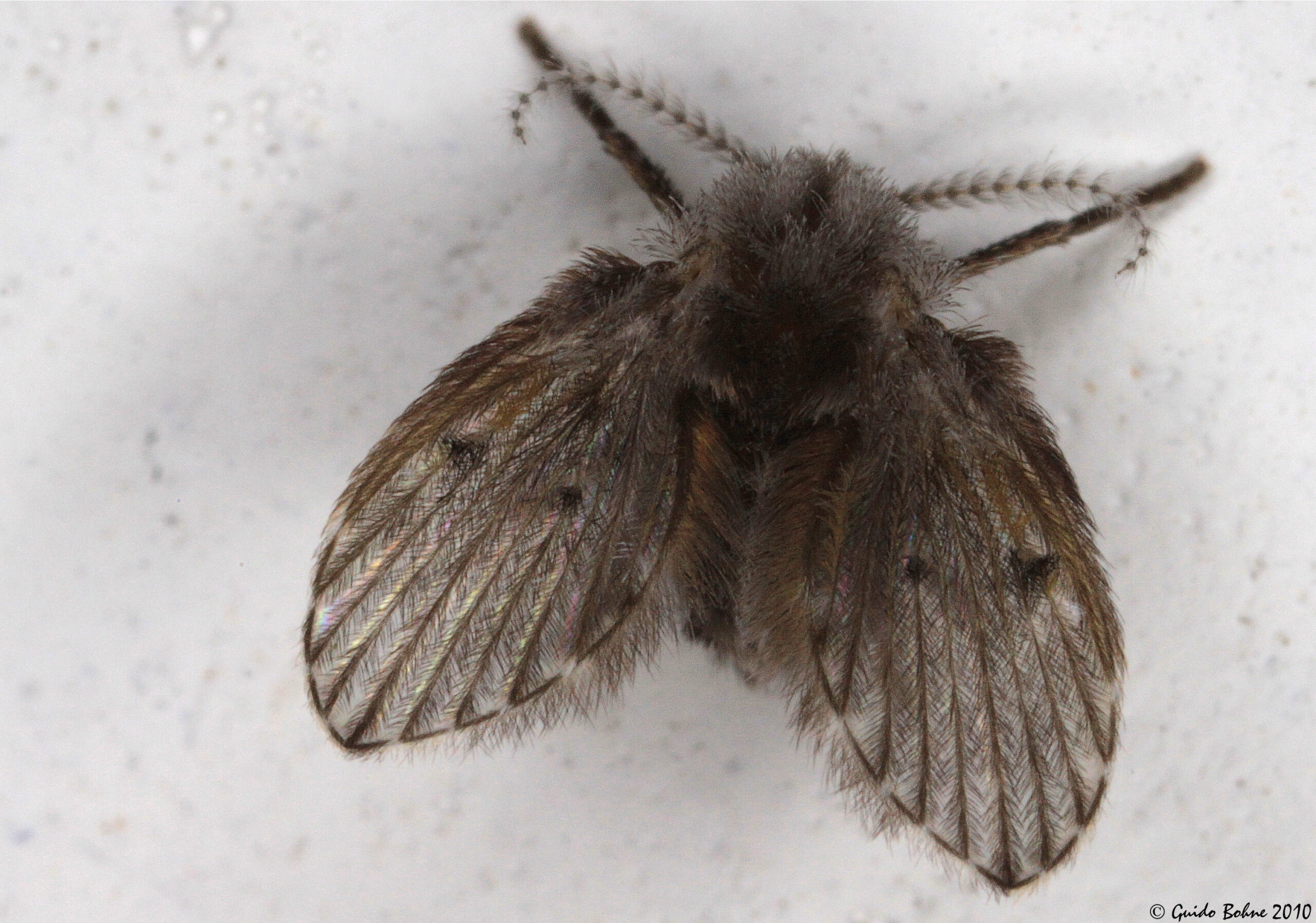
Drain flies might seem like a minor annoyance, but they represent a window into the hidden ecosystem thriving within your home’s plumbing system. Understanding their biology, breeding habits, and the conditions that support their populations provides the foundation for effective control strategies. The key to success lies not just in eliminating adult flies, but in addressing the biofilm environments that sustain their entire lifecycle.
Effective drain fly management requires a combination of immediate treatment, ongoing maintenance, and environmental modifications that prevent future infestations. Whether you choose professional-grade products, natural remedies, or seek professional assistance, consistency in application and follow-up monitoring remain crucial for long-term success.
The investment in proper drain fly control extends beyond mere pest elimination; it represents an investment in household hygiene, plumbing system health, and peace of mind. With the right approach and commitment to prevention, you can transform your drains from breeding grounds back into the clean, functional components of your home they were designed to be. Have you checked your drains lately?

